The Art of Braising Beef for Polish Zrazy
13 min read Explore expert techniques for braising beef to craft authentic and tender Polish Zrazy, celebrating rich flavors and culinary history. June 18, 2025 18:05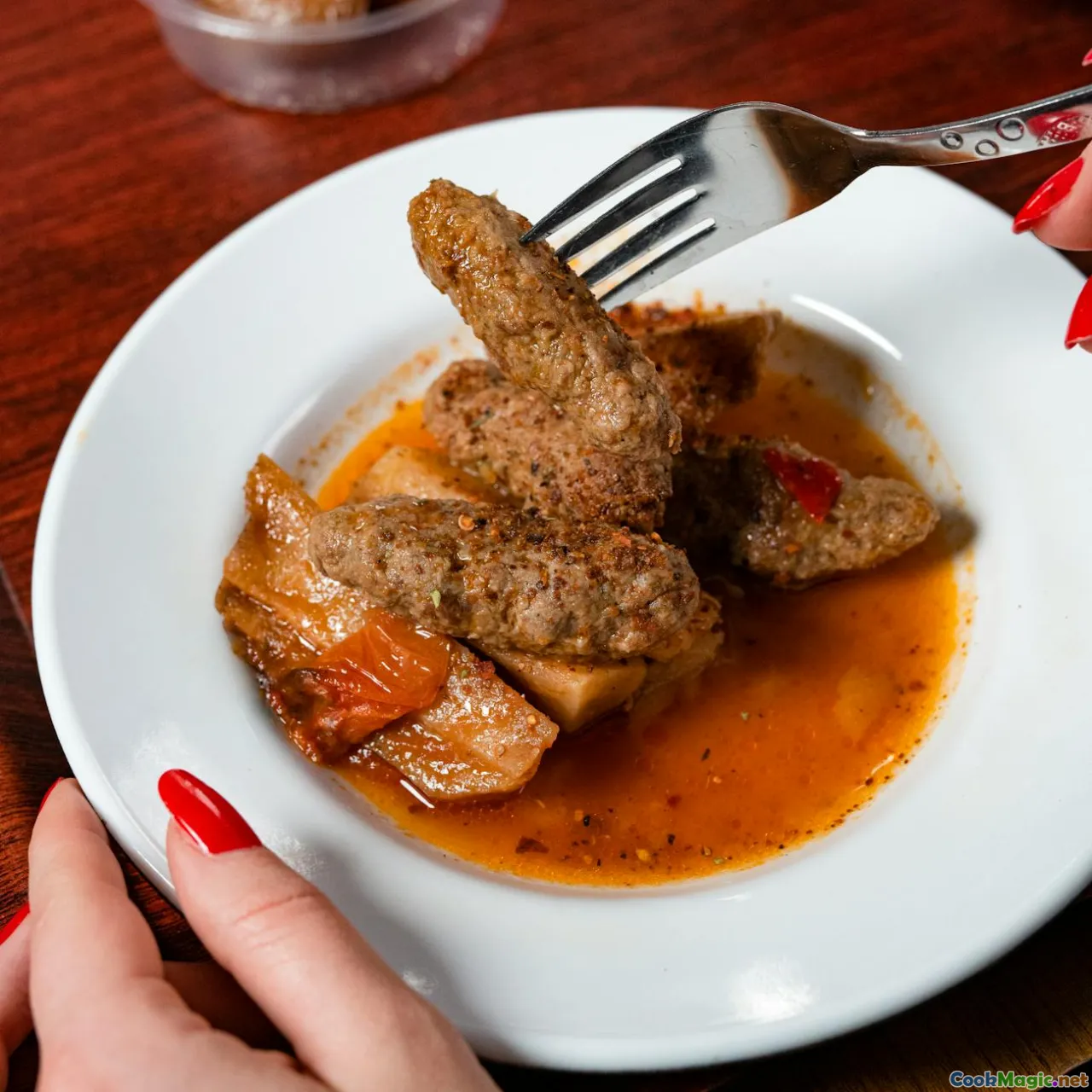
The Art of Braising Beef for Polish Zrazy
Imagine the warm aroma of slow-cooked beef wafting through a rustic Polish kitchen, mingling with hints of bay leaves and peppercorns, evoking memories of family gatherings in centuries-old cottages. Braising beef for the iconic Polish zrazy is not merely a culinary process; it is an art form rooted in centuries of tradition, storytelling, and communal warmth. In this journey, we’ll explore the meticulous craft behind achieving perfectly tender, flavorful zrazy that honor the rich culinary legacy of Poland.
The Cultural Heartbeat of Zrazy and Its Roots in Polish Heritage

Zrazy, often celebrated as Poland’s savory rolled beef roulade, is more than a dish — it’s a cultural emblem. Originating from medieval Polish nobility, zrazy has been a fixture in Polish households, especially during festive occasions like Christmas Eve and Sunday family feasts. Its provenance is intertwined with Poland’s historical penchant for hearty, comforting food that nurtures body and spirit amid long, harsh winters.
Over centuries, variations emerged across regions, yet the core principle remained: tender beef wrapped around flavorful fillings, slowly braised to perfection. The transition from rustic peasant fare to esteemed royal fare underscores how Polish cuisine elevates simple ingredients through meticulous craft—a narrative that underscores the importance of braising as a slow, patient art that transforms humble cuts into culinary treasures.
Selecting the Perfect Cut of Beef for Braising
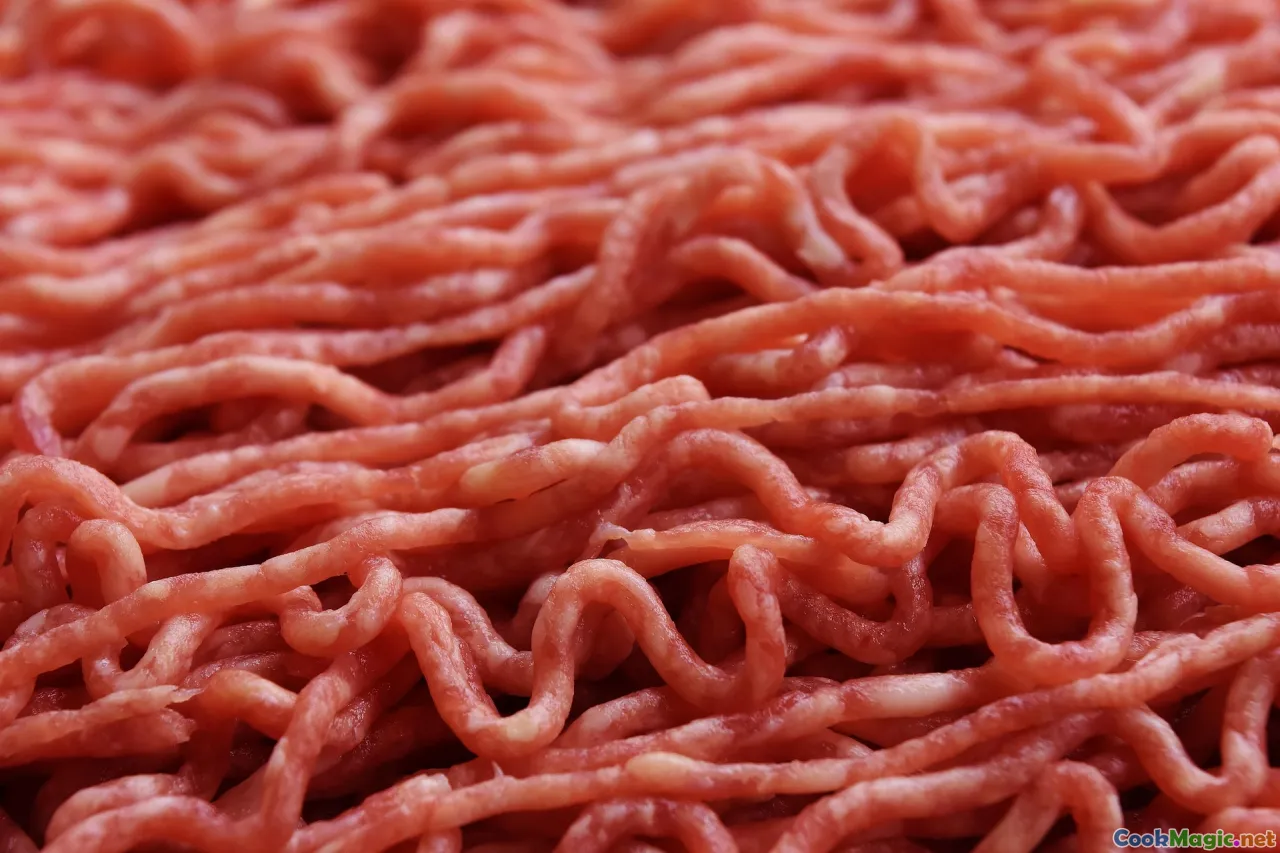
The foundation of exceptional zrazy begins with choosing the right beef. Traditionally, tougher cuts like chuck, brisket, or round are ideal due to their high connective tissue content. These cuts, when braised properly, yield melt-in-mouth tenderness and deepen the dish’s flavor.
Look for cuts with good marbling — flecks of fat interlaced within the muscle — which break down during slow cooking, imparting juiciness and richness. A good butcher can guide you toward well-aged cuts with a deep, fresh aroma. Polish butchers often label these as "krupka" (flat cuts) or "karczek" (neck), which are ideal for braising.
Personal insight: I prefer a slightly fattier chuck roast because the rendered fat lends an extra layer of savoriness essential for the hearty character of zrazy. When selecting, ensure the meat is firm, with a bright color, and avoid excessively wet or slimy textures.
Preparing the Beef: Marination and Tenderization Techniques
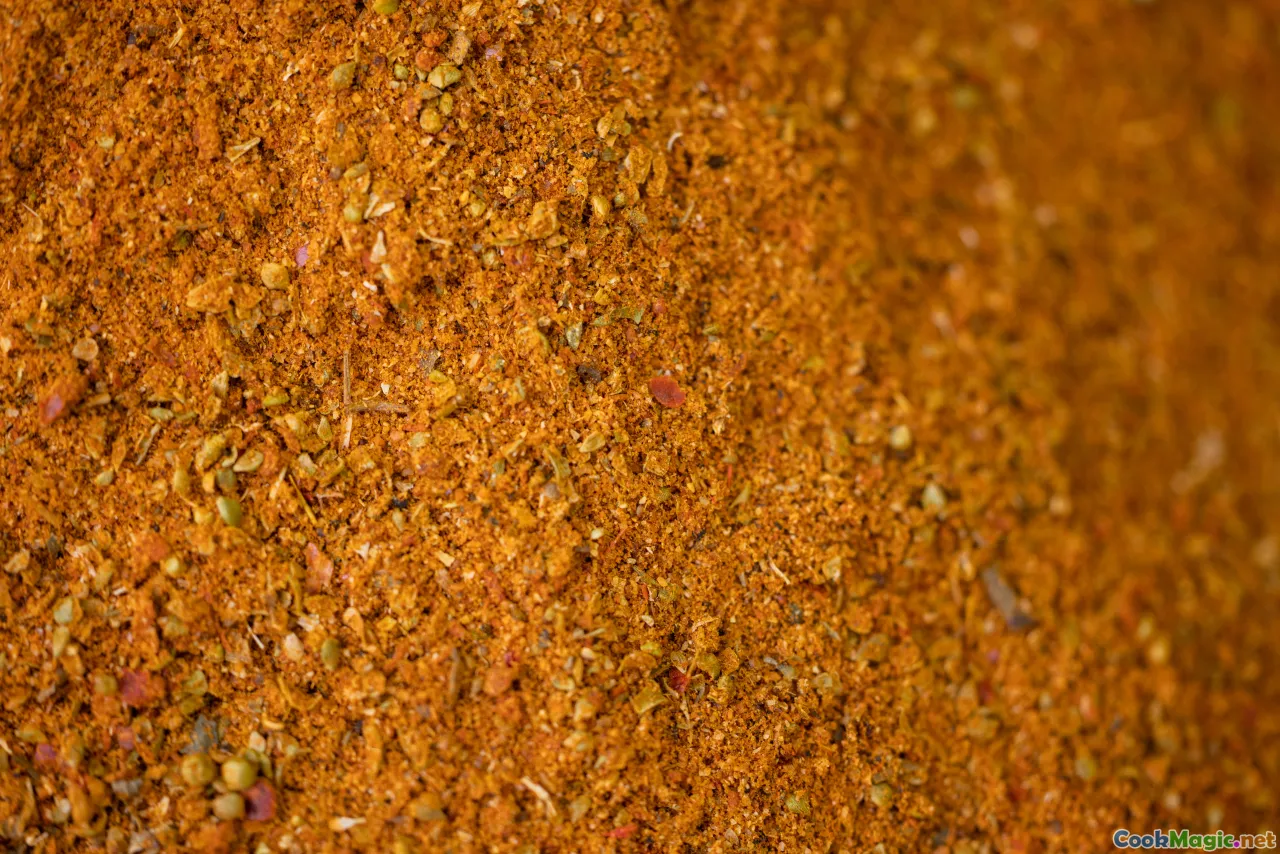
While traditional Polish recipes may not always call for marinating, most seasoned cooks incorporate marination to enhance tenderness and flavor. An overnight marinade with onion, garlic, bay leaf, black peppercorns, and a splash of Polish vodka or zestful herbal infusions can work wonders.
The acids and enzymes in the marinade gently break down muscle fibers, resulting in a more pliable and flavorful meat. Alternatively, some cooks prefer dry brining by rubbing meat with coarse salt, herbs, and spices, which draws out moisture and enriches flavor.
Pro tip for perfect tenderness: After marination, ensure the beef is patted dry before searing—this facilitates proper browning, locking in flavors and developing a robust crust.
The Searing Step: Building Caramelized Layers
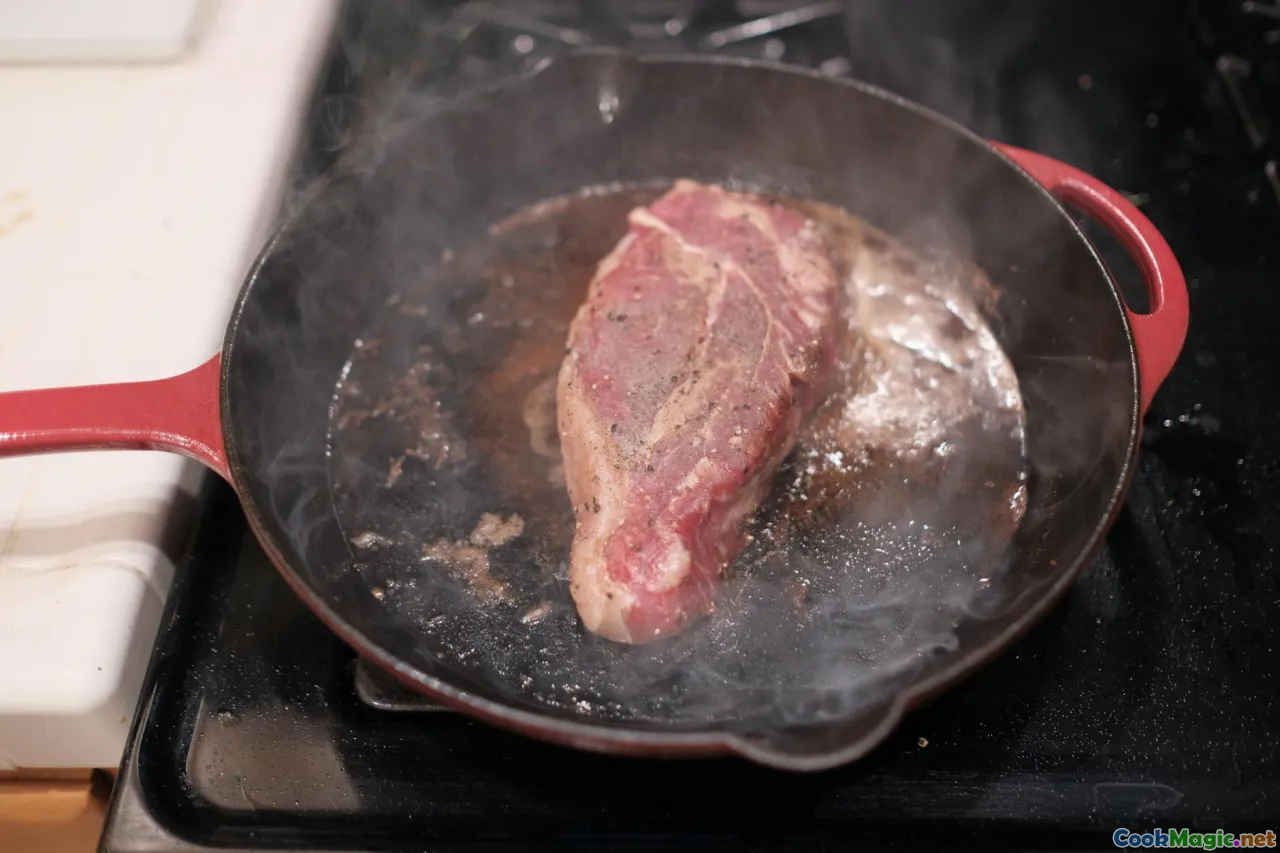
Searing is a pivotal phase that sets the stage for complex flavor development. A hot cast-iron skillet or a heavy-bottomed pan is ideal. When you lay the beef in the pan, listen for the satisfying sizzle, an indication that the Maillard reaction is underway—those complex chemical processes that produce rich, nutty notes.
Crack fresh black pepper, sprinkle a touch of salt, and give each side of the beef a sear for about 2-3 minutes until beautifully browned. Resistance in the meat during this step indicates a caramelized crust that will later lend a depth of flavor to the braising liquid.
At this stage, do not overcrowd the pan—work in batches if necessary, ensuring consistent searing without steaming the meat.
The Low and Slow: Braising Fundamentals

Braising is the soul of zrazy preparation, transforming tough cuts into tender, flavorful bites. It involves cooking the meat gently in a flavorful liquid at low temperatures over several hours. Traditionally, Polish cooks favor a rich broth flavored with onions, garlic, root vegetables, and aromatic herbs such as thyme, marjoram, and laurel leaves.
The key here is patience. Once the meat is seared, deglaze the pan with a splash of dry white wine or a widow’s sip of Polish vodka to lift those caramelized bits. Then, add enough broth or water to partially submerge the meat, and bring to a gentle simmer.
Ensure the liquid is at a gentle simmer—not boiling hard—to prevent toughening the meat's proteins. Cover partially for even heat distribution. This slow cooking may take anywhere from 1.5 to 3 hours, depending on cut and thickness.
Pro tip: Occasionally skim off impurities or excess fat that rise to the surface to keep the broth clear—a traditional Polish trait that emphasizes clarity and refined flavor.
Filling and Rolling: The Heart of Zrazy
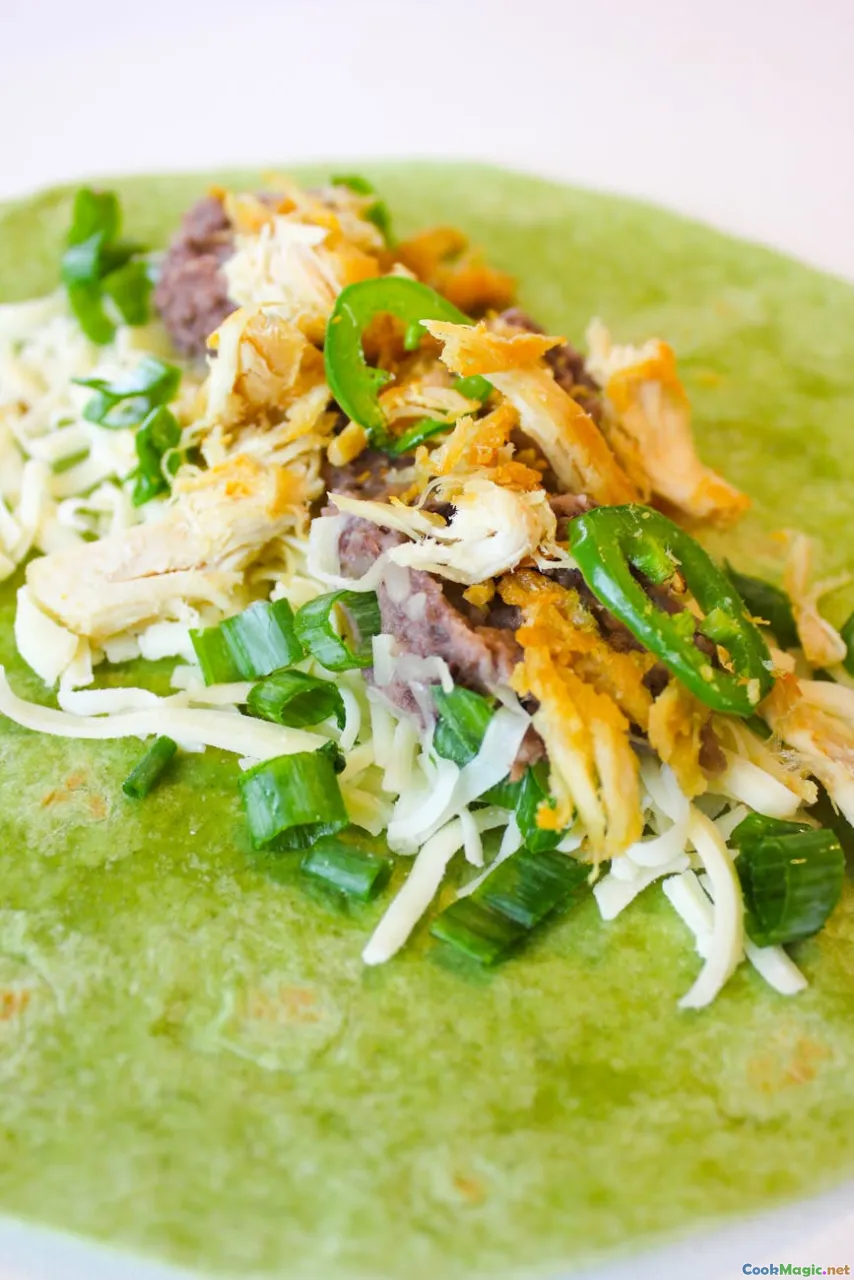
A defining feature of zrazy is its savory filling, which can range from pickles, pickled mushrooms, hard-boiled eggs, to sautéed onions and ham. This filling not only adds flavor complexity but also balances the richness of the beef.
After cooling the braised beef sufficiently, carefully thin the slices with a sharp knife or meat mallet, flattening gently. Place your chosen filling down the center of each slice, then roll tightly, securing with culinary twine or toothpicks.
These rolled creations are then gently returned to the simmering broth for a brief braise, allowing the flavors meld and the roulades to reabsorb the aromatic juices—creating a harmonious burst of traditional Polish flavors in every bite.
Finishing Touches: Sauces and Garnishes
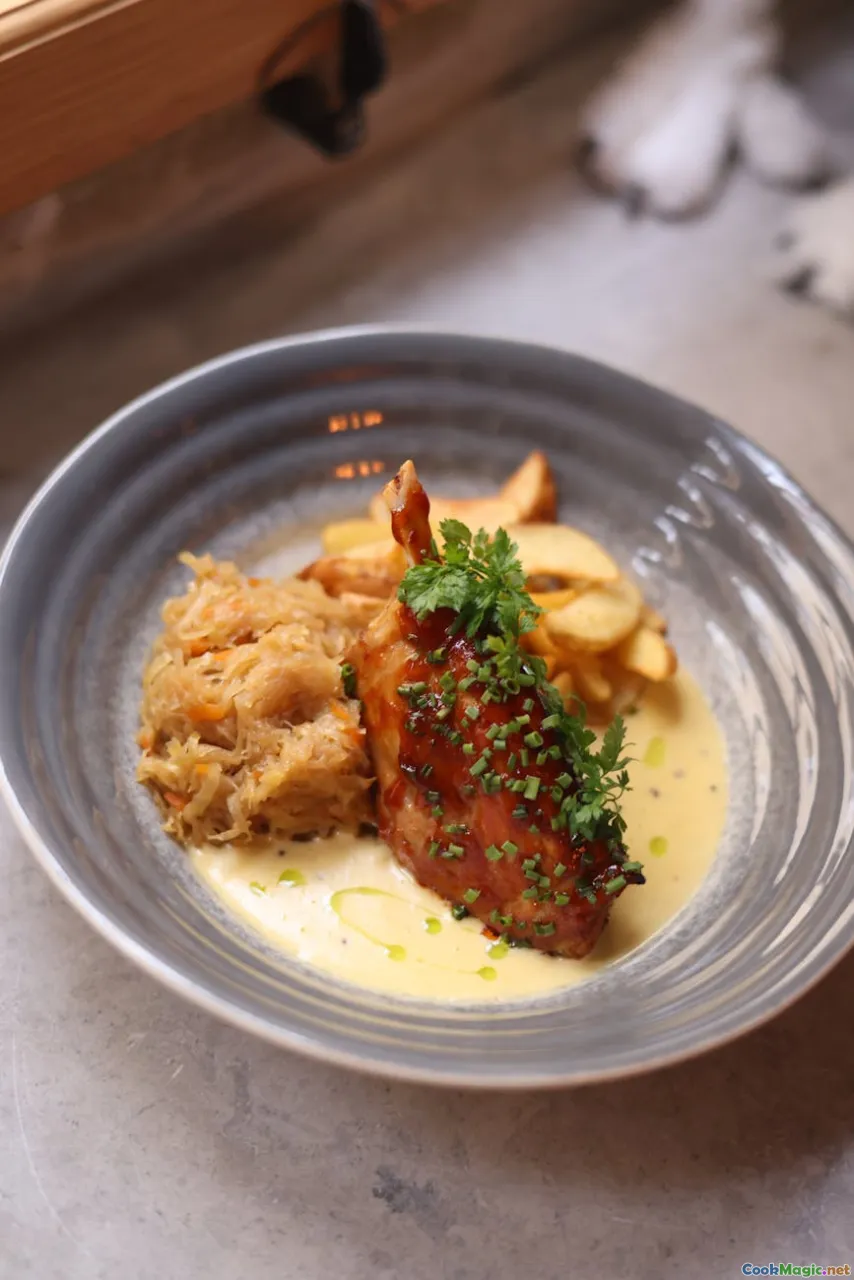
The final step before serving involves creating a luscious sauce that accentuates, rather than overpowers, the tender beef rolls. Often, the braising liquid becomes the base for a gravy—thickened slightly with a roux or sour cream—adding velvety texture and tang.
Garnish with fresh minced parsley or dill to introduce a herbaceous note, and serve alongside buttery mashed potatoes, crispy skewered roots, or even traditional Polish kogiel-mogiel (potato pancakes). The visual appeal, with the vividly colored fillings peeking from the rolled beef, elevates the rustic charm.
Classic Variations and Modern Twists
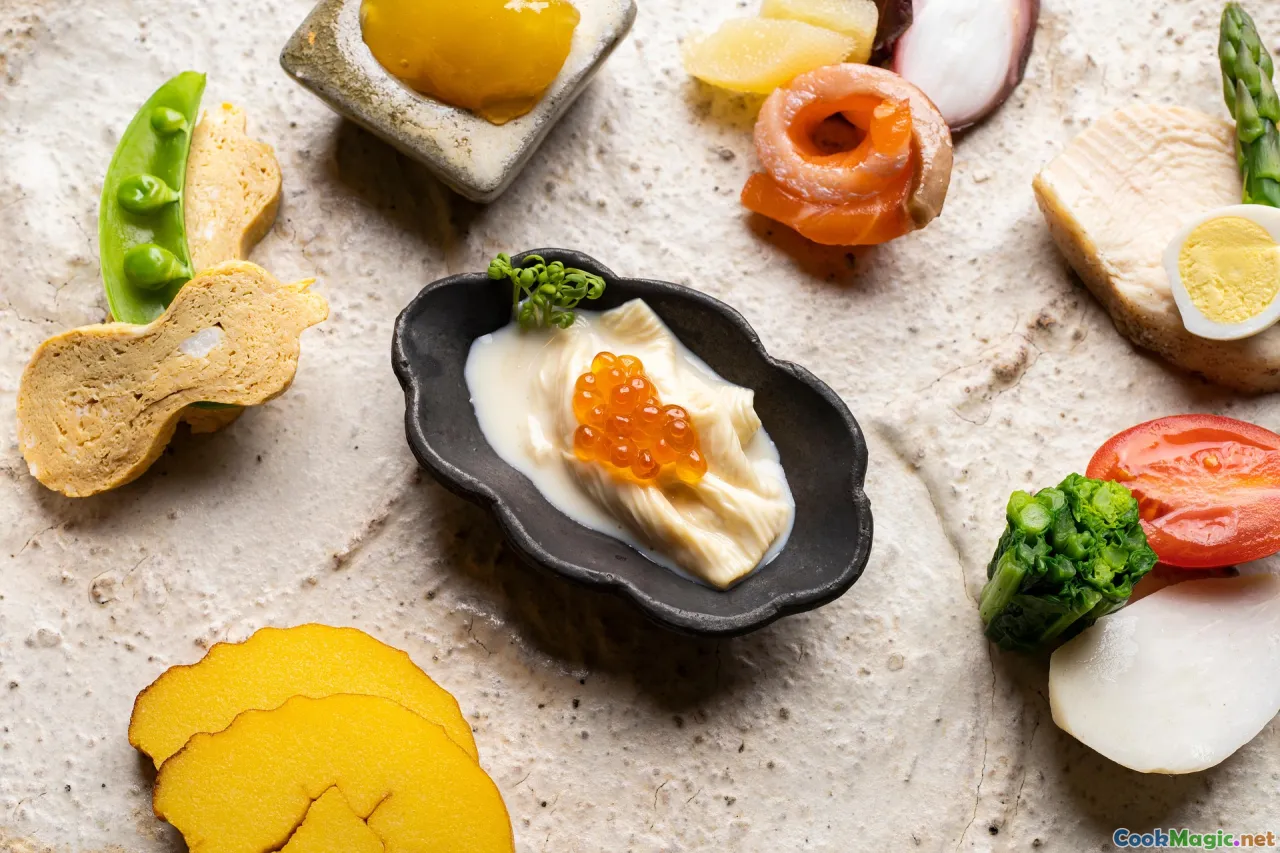
While classic zrazy relies on traditional fillings and braising liquids, modern chefs have experimented boldly. Some incorporate a dash of smoked paprika for smoky depth; others fill zrazy with a medley of sautéed mushrooms, smoked bacon, and fresh herbs for an earthy, contemporary twist.
Fusion ideas have also emerged—using ingredients like kimchi for a fermented burst or employing gluten-free fillings for health-conscious diners. However, no matter the variation, the essence remains – slow, loving braising that turns humble beef into a tender, flavorful centerpiece.
Personal Reflections and Tips for Success
Having spent years exploring Polish cuisine, I’ve learned that patience and attentiveness are your best allies when braising beef for zrazy. Invest in quality cuts, respect the slow cooking process, and pay attention to the aromas wafting from your pot. Each step — from searing to simmering — contributes layers of flavor.
A tip I cherish is reusing the braising liquid to make a hearty sauce—adding a splash of cream or a dollop of sour cream and a sprinkle of fresh herbs creates a luxurious finish. And, ultimately, the joy comes from sharing these lovingly prepared rolls during festive gatherings, where each bite is infused with history, family stories, and Polish pride.
In the end, mastering the art of braising for zrazy is about more than technique—it's about embracing tradition, patience, and the culinary love that makes Polish cuisine so profoundly comforting. So, gather your ingredients, turn on some folk music, and bring to life a dish that’s as rich in flavor as it is in cultural significance.









